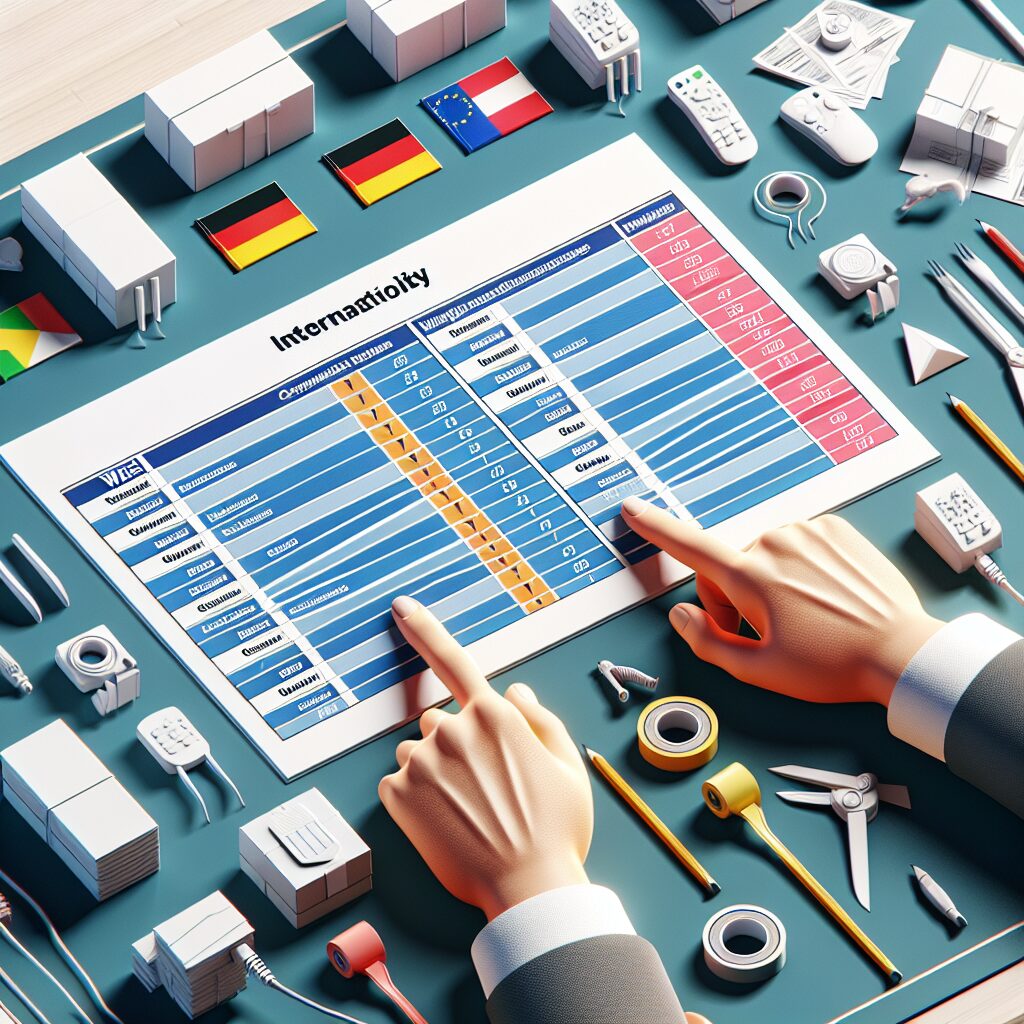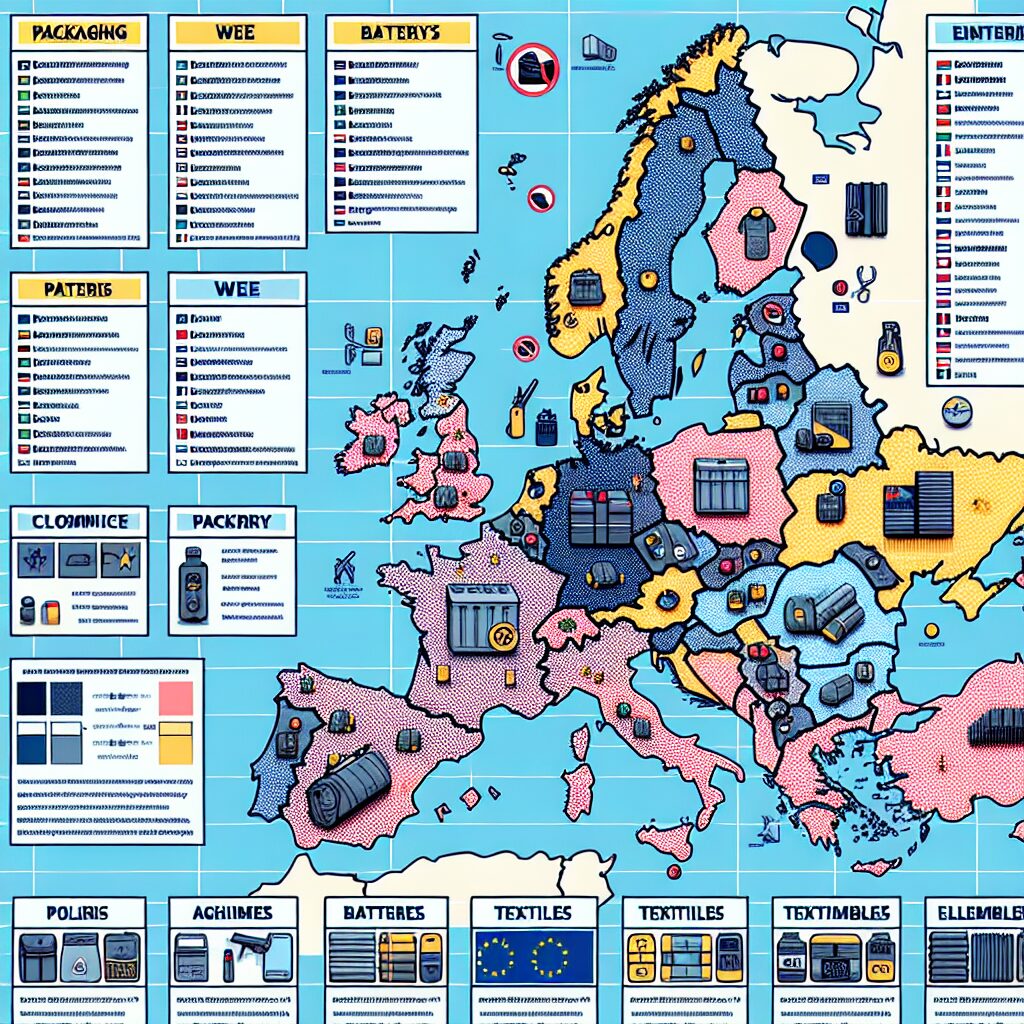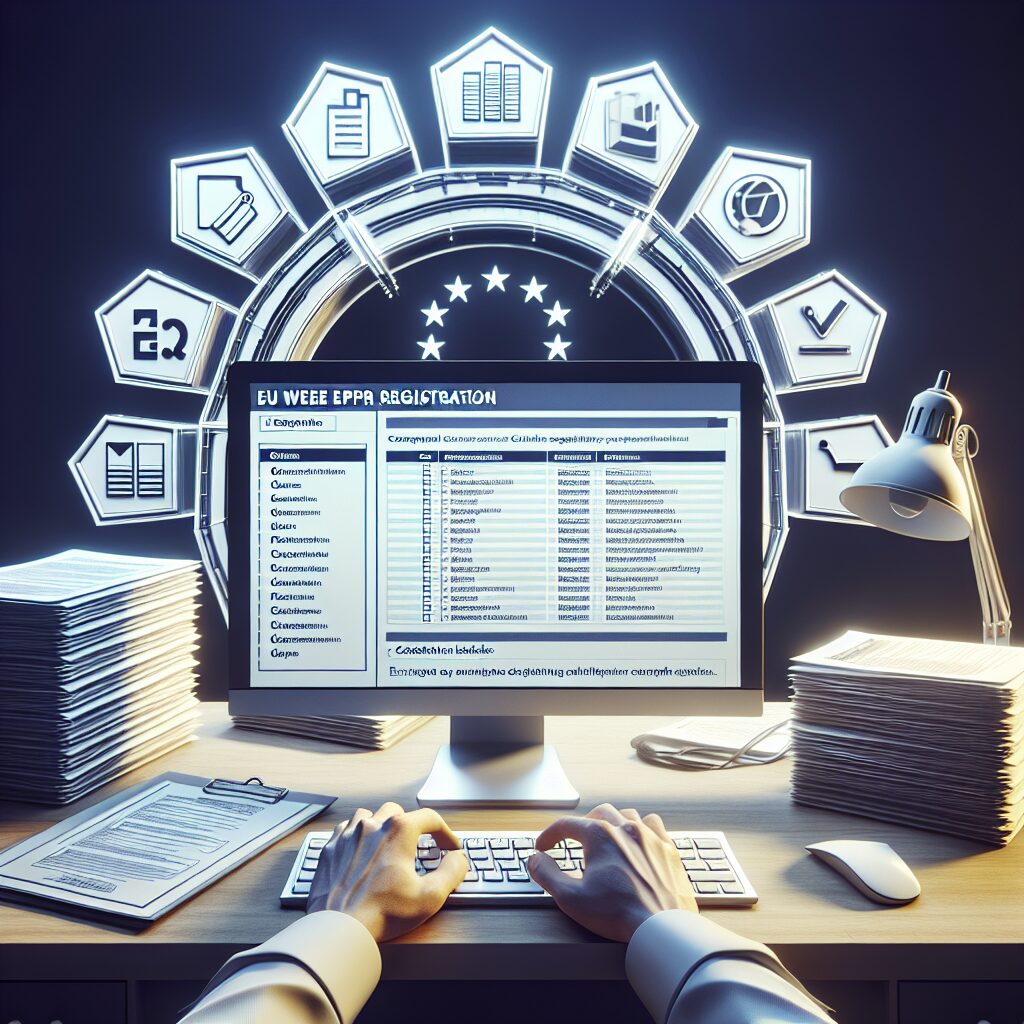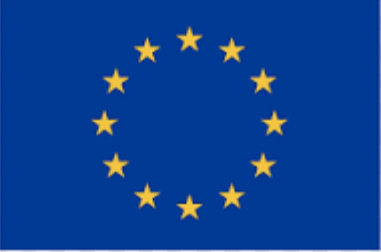About eldris
Epr.eldris.ai leads the EPR sector, in fast, automated, AI Agent EU Complaince. LUCID Packaging, WEEE, and Battery Compliance for Brands, E-Commerce and Service based businesses expanding into the EU.
In This Article
- EU compliance automation cuts filing time by more than 80% for marketplace sellers.
- Affordable tools offer multi-country management from a central dashboard with error validation.
- Paid platforms are preferable over free templates for accurate and auditable submissions.
- Integration with Amazon Seller Central ensures SKU-specific environmental compliance.
- Automated alerts prevent late filings and regulatory non-compliance fines.
- Automation opens scalable pathways for sustainable product expansion within the EU.
What Is EU EPR Compliance?
Understanding Extended Producer Responsibility Laws
Extended Producer Responsibility (EPR) is a crucial regulatory mechanism adopted across the European Union to ensure that producers and importers are financially and environmentally accountable for the entire lifecycle of their products. EPR mandates that sellers, regardless of origin, take responsibility for the collection, reuse, recycling, or disposal of used products and packaging. The rationale is simple: those who introduce products into the EU market must address their environmental impact. As EU member states enhance their enforcement of EPR rules, more sellers are seeking streamlined solutions to maintain continuous compliance.

Why Sellers Need EPR Automation
Challenges Faced Without Automated Tools
For thousands of Amazon and eCommerce sellers, navigating EU EPR regulations manually is both time-consuming and fraught with potential errors. Sellers must manage multiple country-specific rules, track environmental declarations, and submit detail-rich filings on time. Without tools for EU compliance automation, teams often face delayed filings, incorrect categorisation, or even missing registration deadlines—each of which can lead to hefty fines or product delistings.
The sheer variation in rules across Germany, France, Italy, and other EU member states requires not just attention, but consistency. Manual compliance workflows often require interdepartmental collaboration, spreadsheets, translation services, and repetitive data entry. This burden drains resources from sales performance, customer service, and growth initiatives.
“Manual compliance nearly cost us our Amazon listing in Germany. Automation now secures consistent filings across five EU markets.” — Anonymous Marketplace Seller
Affordable EU Compliance Tools On the Market
Balancing Features, Support, and Cost
Several automated platforms have emerged to support affordable EU compliance automation. These tools offer multilingual dashboards, regulation trackers, real-time analytics, integration with marketplaces, and algorithmic categorisation of products under correct EPR classes. They’re designed to reduce both the operational burden and risk associated with manual oversight.
Affordability doesn’t always imply limited functionality. Competitive tools like EcoCompliance Suite and EPRFlow cater to SMEs by offering scalable modules—allowing sellers to automate compliance for a handful or hundreds of SKUs. These tools frequently include built-in EPR registration, electronic filing, audit support, and automatic reminders, effectively placing compliance on autopilot.
Moreover, SaaS-based compliance platforms are priced based on volume and geography. Small sellers with limited product ranges often pay €20–€50 monthly—far less than the fines they risk for non-compliance. Choosing a tool with excellent customer support and GDPR-certified data handling is critical. For more insight, review our Learn more about EU Compliance & EPR Automation Solutions comparing top compliance toolkits.
The Impact of Automation on Multi-Market Reporting
How Tools Sync Data Across Borders
Multi-national compliance becomes significantly more manageable with EU compliance automation. Tools that sync data in real time across different country platforms eliminate duplication and guarantee that filings don’t contradict one another. This cross-border consolidation is especially valuable for sellers listing the same products in Germany, France, and Spain. Instead of generating three unique reports, automation enables a single interface to localise and file data as per domestic environmental agency requirements.
Automated systems can interpret VAT designations, EORI numbers, and unique product identifiers for appropriate use based on rules set by each country’s regulatory body. This precision reduces compliance inefficiencies while ensuring data uniformity across jurisdictions. Sellers seeking expansive market access in the EU cannot afford a fragmented compliance approach—particularly when the cost of integration is significantly lower via streamlined solutions.
How Automation Reduces EPR Filing Errors
Minimising Manual Input and Audit Risks
One of the greatest advantages of EU compliance automation is the tangible reduction in filing errors. Human-led data entry is prone to coding misinterpretations, incorrect weights, or documentation mismatches. Automated solutions, on the other hand, use embedded regulatory updates to accurately calculate product compliance under each country’s local EPR mandates. This is crucial during annual audits or second-party verifications.
Moreover, automation minimises the chances of missing legal amendments or changes to reporting cycles. These tools often feature alert systems that notify sellers of new environmental fees or registration scheme modifications. With reduced risk exposure, sellers can operate more confidently and scale their operations into new EU markets without fearing regulatory reprisal. Discover additional risk-mitigation strategies in our Read a related article on compliance audits.
Comparing Free vs Paid EU Compliance Platforms
What’s Worth Investing In?
It can be tempting to use free compliance spreadsheets or open-source reporting templates. While these minimal solutions might suit early-stage operations, they falter quickly under EU EPR scrutiny. Free tools often lack automated filing support, multi-market functionality, or secure data storage. This leads to higher error rates and eventual cost burdens—financially, legally, and operationally.
Paid platforms, conversely, bring professional-grade infrastructure, structured workflows, and round-the-clock support. Features such as automated weight classification, product tagging, and API integrations with Amazon, Shopify, and WooCommerce make paid platforms adaptable. Sellers typically find return on investment through saved personnel hours and reduced regulatory penalties.
As compliance enforcement continues to tighten across Europe, transitioning from static to dynamic solutions is essential. Sellers should ensure every euro spent on software delivers tangible reliability, scalability, and support.
Case Study: Sellers Saving Time with Automation
Examples From the Marketplace
Consider a mid-size beauty product seller deploying EcoCompliance Suite across six EU territories. Pre-automation, a team of four spent over 40 hours monthly coordinating compliance tasks—from product categorisation to submission tracking. Post-automation, filings dropped to under six hours monthly, with a 99.8% submission accuracy rate. This translates to over 400 saved hours annually—used instead to expand SKUs and partnerships.
Another example: a UK-based electronics brand leveraging EPRFlow saw improved communication between their logistics and compliance units. The automation tool mapped existing packaging weights and matched eligible SKUs with the correct EPR thresholds. They avoided overpayments due to over-declaring product materials, saving thousands in annual environmental fees. These gains directly contributed to a 12% net profit increase and more agile regulatory adaptation. Read more real-world automation success stories at Top compliance automation software reviewed.
What to Look for in a Compliance Partner
Must-Have Features in EPR Software
When selecting a compliance partner, sellers should prioritise platforms offering modular pricing, multi-language support, country-specific regulatory libraries, and easy integration with existing inventory tools. Real-time analytics, automatic alerts for regulation changes, and built-in compliance calendars are invaluable in staying proactive.
Transparency in pricing and data handling is a must. Sellers should enquire about GDPR compliance, audit trails, and historical data retention. Furthermore, localised support—either in-platform or by human agents—is critical when dealing with nuanced national schemes that may alter EPR classification for similar products.
Above all, seek out platforms with high customer satisfaction and demonstrable use across multiple verticals. Cross-industry applicability is not just a sign of flexibility but also of extensive rule coverage. Compare your options using objective review hubs like EU Responsible Person essentials guide.
Integrating Automation With Amazon Seller Tools
Simplifying Compliance from a Single Dashboard
For Amazon merchants, the best EU compliance automation systems plug directly into Seller Central. These integrations enable seamless flow of product IDs, weight data, and lifecycle information—without requiring duplicate manual entry. Sellers can generate country-specific filings, download historical reports, and submit certifications from the same dashboard where they manage fulfilment or pricing strategies.
Automation complements Amazon’s emphasis on compliance enforcement. Tools may automatically tag SKUs that lack EPR registration numbers and flag items facing marketplace suspension. Integration with FBA logistics provides additional insight into product packaging types and volumes, helping sellers stay under important material thresholds.
Time savings aren’t the only reward—Amazon’s compliance scorecards increasingly affect Buy Box eligibility. Sellers actively using EPR automation often enjoy greater platform longevity and reduced suspension risks.
Step-by-Step EPR Automation Deployment
How to Get Started With Minimal Overhead
Launching an automation strategy for EU compliance can be achieved in five core steps. First, identify the countries where you sell or intend to sell and research their EPR frameworks. Next, compile all product information including SKU, material types, dimensions, and packaging routines.
Then, choose an automation tool that supports your markets and inventory scale. Most offer onboarding sessions, document upload portals, and trial periods. After integrating your product catalogue, the fourth step is to automate filings and set up jurisdiction-specific reminders. The final step involves monitoring submissions, tracking regulatory changes, and refining processes by exporting compliance performance reports.
By following this approach, sellers stay lean while scaling into environmentally regulated markets—without the need for large in-house compliance teams.
Final Thoughts: Scaling Compliance Confidently
In today’s environment, EU compliance automation is no longer a luxury—it is a necessity. Not only does it free up operational bandwidth, but it also protects your brand, ensures uninterrupted selling privileges, and sets you up for long-term scalability. Whether you operate as a single-brand entity or sell thousands of SKUs in multiple markets, automation gives you the structure and tools to thrive amid a landscape of ever-changing regulations.
Investing in affordable, reliable compliance software now minimises disruption later. As EU authorities ramp up enforcement, be among the proactive sellers leading with structured, automated, auditable success.
Great guide on affordable-eu-compliance-automation-sellers – Community Feedback
How does compliance automation help streamline EPR for EU sellers?
EU compliance automation reduces manual EPR filings, consolidates reporting, and ensures timely submissions across all markets, saving sellers time and costs.
Is automated EPR compliance more cost-effective than manual processes?
Yes, automating EPR compliance minimises administrative burden and errors, leading to lower operational costs for EU sellers.
What features should sellers look for in EU compliance automation tools?
Sellers should look for tools with integrated reporting, real-time regulatory updates, multi-market coverage, and intuitive dashboards to ensure compliance efficiency.










